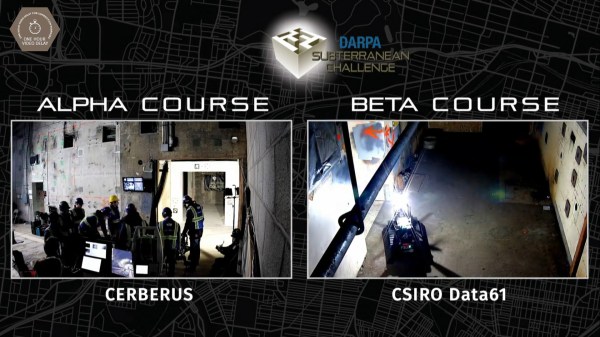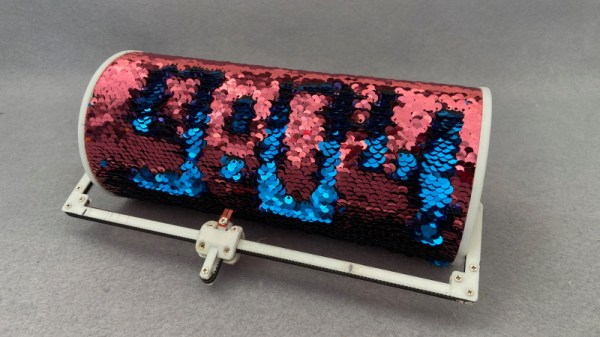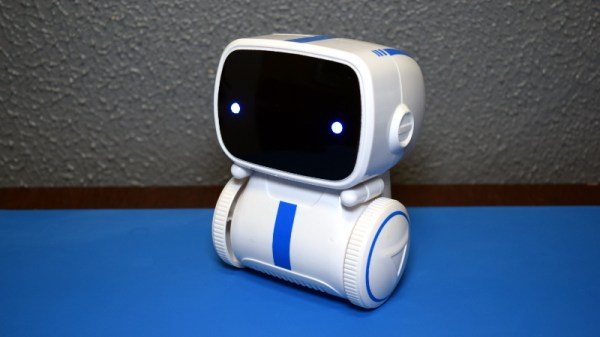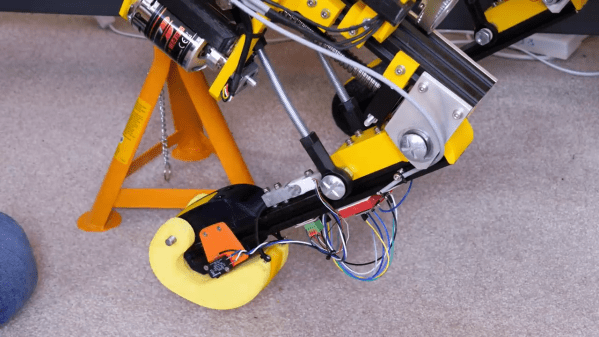Robots might be finding their footing above ground, but today’s autonomous robots have a difficult time operating underground. DARPA wanted to give the state of the art a push forward, so they are running a Subterranean (SubT) Challenge which just wrapped up its latest round. A great review of this Urban Circuit competition (and some of the teams participating in it) has been published by IEEE Spectrum. This is the second of three underground problem subdomains presented to the participants, six months apart, preparing them for the final event which will combine all three types.
If you missed the livestream or prefer edited highlight videos, they’re all part of DARPAtv’s Subterranean Challenge playlist. Today it starts with a compilation of Urban Circuit highlights and continues to other videos. Including team profiles, video walkthrough of competition courses, actual competition footage, edited recap videos, and the awards ceremony. Half of the playlist are video from the Tunnels Circuit six months ago, so we can compare to see how teams performed and what they’ve learned along the way. Many more lessons were learned in the just-completed Urban Circuit and teams will spend the next six months improving their robots. By then we’ll have the Caves Circuit competition with teams ready to learn new lessons about operating robots underground.
Continue reading “DARPA Challenge Autonomous Robot Teams To Navigate Unfinished Nuclear Power Plant”


















